LIFE-LONG LEARNING AT CREATIVE SCHOOL OF LIFE WITH TESS GUINERY
The multi-hyphenate on using fluency in dance as a base for any artistic endeavor, every day play, and when to walk away when it's not working ☁️
Thanks for supporting SPACIES, and in turn the artists we feature each week. Our content will always remain free — if this post inspired you, consider giving us an energetic hat tip by becoming an official free subscriber.
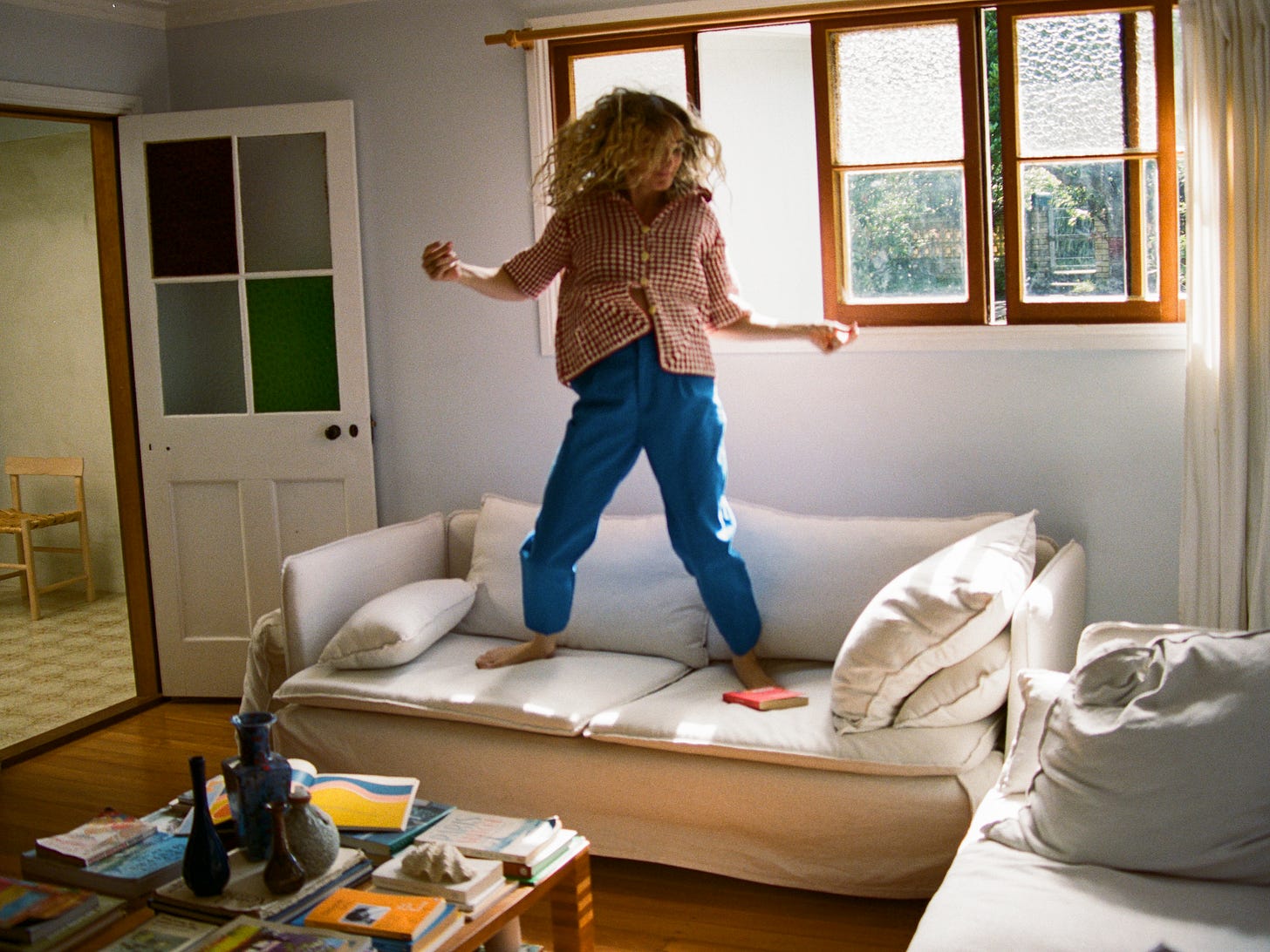
Tess Guinery is a writer, artist, designer, and dancer. She’s the author of four books and the publication Catching Shower Flowers.
TESS’S DIVERGENT CREATIVE STRATEGIES: ACTION/INACTION
Constraints are alchemical substrates. It sometimes feels like to make creative work, you need expansive amounts of time… but who really has constant access to temporal spaciousness? Instead, Guinery’s practice considers what it could be like to practice creativity in micro-moments, all day long.
Tear down the walls brick by brick that obscure your access to tenderness. Being tough and edgy is great, but softness is actually punk.
Dive into experimentation and let curiosity lead. "In the realm of play, there’s simply no room for fear."
What’s your metaphorical Adderall — something that slingshots you into an inspired creative tornado of action?
My creative catalyst springs from the paradox of having no time — a state that stirs an intense longing within me. This longing is deeply rooted in the kingdom of my childhood, where creativity was not just an extension of life but an integral part of it. It’s an innate process, a daily practice in the art of observation, a pursuit of seeing beauty even in the mundane.
Even in the midst of a full life, especially as a mother of three, I remain awake to the beauty that surrounds me. My phone notes are a testament to this practice — a repository filled with fleeting observations, fragments of sentences, screenshots that captivated me, and voice memos capturing moments of wisdom. These small treasures are stored away, awaiting a moment for when time opens up.
My expression is held by these collected moments, ready to be translated into art when the time arises.
As John O’Donohue eloquently puts it, “When you regain a sense of your life as a journey of discovery, you return to rhythm with yourself. When you take the time to travel with reverence, a richer life unfolds before you. Moments of beauty begin to braid your days.”
This rhythm of collecting and translating beauty, even amidst the fullness and dynamic nature of family life, allows me to navigate and balance the art of creation with the art of living. My notes are more than just fragments — they are currently the seeds of my fourth book, a testament to how the absence of time becomes a powerful catalyst for the art that emerges from my longing to create it — because even constraints are part of art and its will to unfold.
What idea or concept are you chewing on? Has it shown up in your work yet?
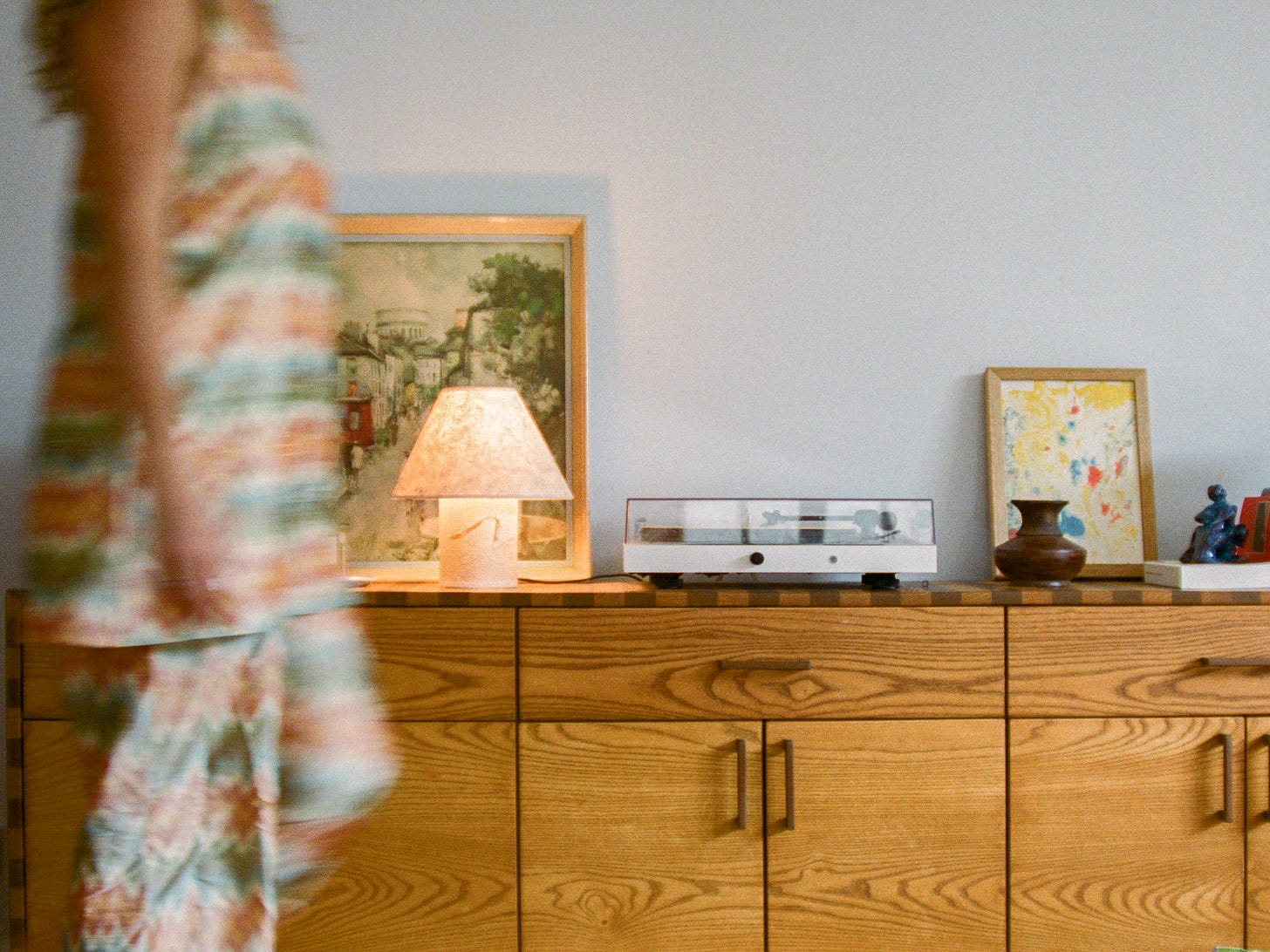
For the past three years, tenderness has become a curiosity of mine — a continuous exploration pondering how intentional acts of softness can profoundly transform our human experience. This theme has woven its way through much of my recent work, reflecting a commitment to capturing and celebrating the quiet strength found in the everyday act of choosing softness.
I’ve thought long and hard about this idea — wondering if tenderness might become an instinctive response if only there were room for it. Reflecting on times when survival mode had me anxiously doggy-paddling upstream, I’ve seen how the constraints of life often overshadow care, ease, and intentionality.
Could creating space in our lives act as a doorway to tenderness? Could it be a way to truly live and allow life to touch our skin, making us softer, more open beings? Is this pursuit of softness a luxury in our society, not because we hold reluctance to it, but simply because the scaffolding of our society has made such a pursuit an almost impossible choice? And if such is true, how can one untether, slowly, slowly, truly, truly, from the place in which one stands, to add even just a tiny new centimeter of spaciousness?
In lots of ways, this pursuit might feel like there is a losing of things before there is an opening of room, for it is true that things do need to be taken away for space to have its way —
I ask all this, not from a place of exponential earthly provision, but from a place where I’m allowing the taking away of some things, to make way for the softer things…
slowly, slowly.
Interestingly, this exploration of tenderness has inadvertently led to my next book. As I delved into these questions, the themes and reflections began to take shape, evolving into a new project that, quite serendipitously, embodies the very essence of softness and space I’ve been contemplating. So, in a way, the pursuit of tenderness has written its own chapter in my creative journey.
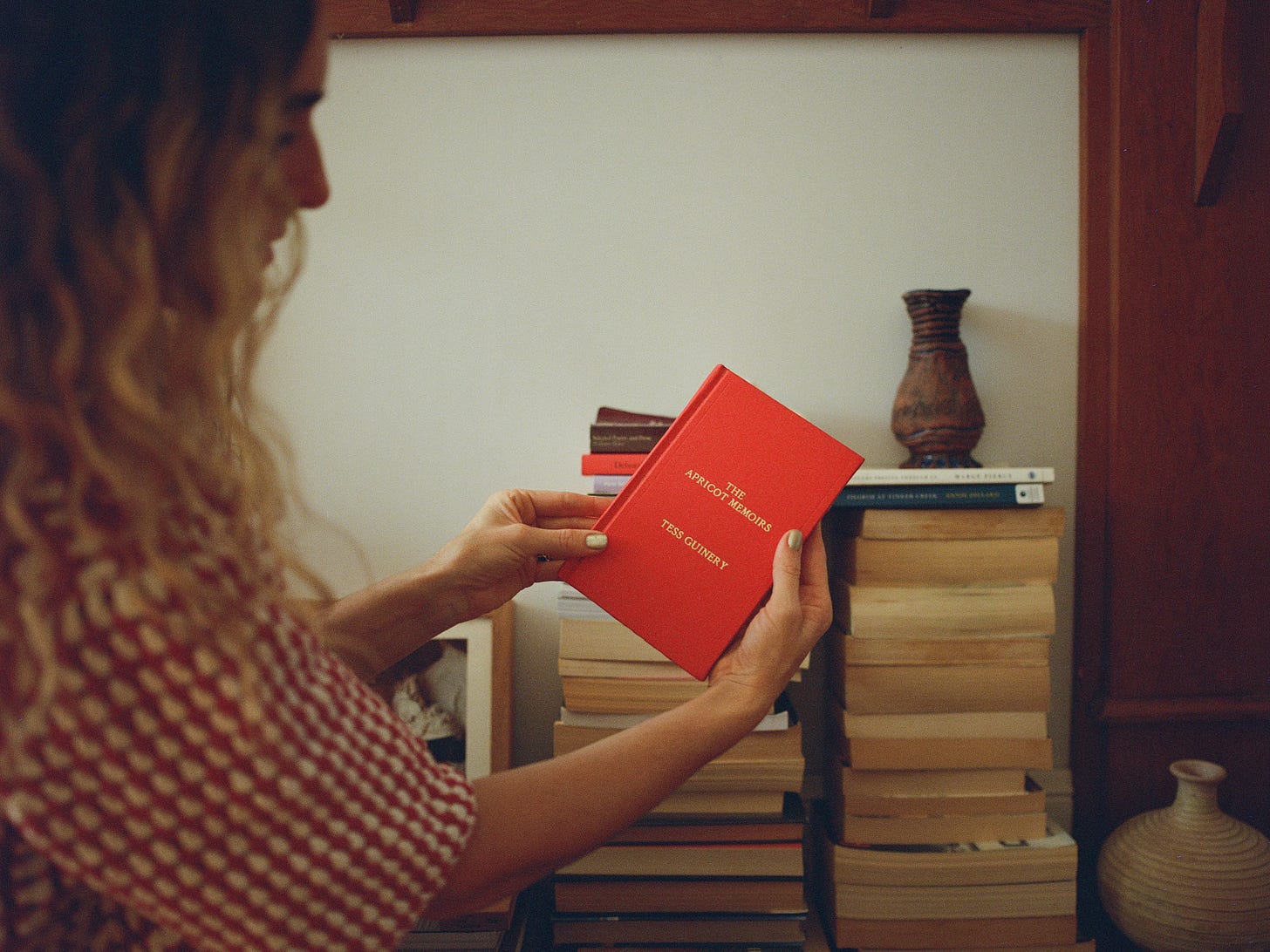
How particular are you about your notebooks? Pens? What do you write in and with?
When it comes to capturing my creative ideas, I’m undemanding about my tools. In the midst of a creative flood, my instinct drives me to whatever is at hand. Whether it’s jotting down notes on a scrap of paper, a specific journal, recording a voice memo, or even having an impromptu brainstorming session with a fellow artist via speed dial, I embrace spontaneity.
Sometimes, a quick phone note or even a conversation with my husband becomes a vital part of integrating and refining my ideas. For me, it’s less about the medium and more about the moment of inspiration — each tool serves as a vessel for capturing the essence of a creative surge as it happens.
What was going through your mind when you first decided to share your work?
Reflecting on my journey, it’s clear that art has been a constant companion in my life. From my early days as a dancer and high school theatre enthusiast, to my ventures into production and, more recently, art and writing, creativity has been a steady thread weaving through my experiences. Growing up, art wasn’t just an activity; it was the rhythm of daily life, a way of seeing and being that shaped me deeply.
Sharing my work feels like a natural extension of this lifelong dance with creativity. Sure, there’s discomfort and the occasional sting of rejection — after all, vulnerability is a frequent flyer in the world of art. But despite the challenges, putting my work out into the world is as much a part of me as creating it. It’s like a second skin, an instinctive part of my creative process.
If you’re up for a deeper dive into this journey, I’ve explored these thoughts further in my Substack post, “I am very sensitive to beautiful things.” You can check it out here: Substack Post.
What’s your media diet, at present?
Right now, my media diet is a vibrant reflection of our new life rhythm—
We just recently moved into a new way of life “School of life” aka “Homeschool” with my three daughters which has awakened a fresh sense of curiosity in me. Every day feels like an adventure in learning, driven by the spontaneous questions and interests my daughters spark. My 10-year-old, in particular, is a curiosity Peach, constantly leading us on new intellectual quests. I’ve found myself researching everything from “How to build a dollhouse out of clay and shells” to “Who is Anna Pavlova?” — my media life has become unexpectedly rich lead by their inclinations.
We’re diving into French culture through a mix of documentaries, books, and podcasts, enriching our education with every resource we find because we plan to visit friends there next year. More personally, I’m currently engrossed in “Popism” by Andy Warhol and Pat Hackett — a discovery from a local bookstore that has me hooked.
European cinema continues to be my favorite escape. I also tune into a wide range of podcasts recommended by my dear friend Vishnu. She is a treasure trove of collected beauty — from art and self-growth to relational wisdom, her curated recommendations always bring a richness to my life.
To be creative and to make things in 2024 is objectively difficult. You have to square off with distractions, global anarchy, and perpetual haunting of the existential question: “why bother?” What keeps you coming back to the ring?
Making art is the only way I know how to exist and have hope here.
My notes are more than just fragments — they are currently the seeds of my fourth book, a testament to how the absence of time becomes a powerful catalyst for the art that emerges from my longing to create it — because even constraints are part of art and its will to unfold.
John Cage was inspired to develop his practice of composing via random chance and chaos after reading a book about the Chinese divining practice, The I-Ching. What influences or inspiration from outside of your field or profession have made the biggest impact on your work or process?
For me, the most profound and unexpected influence on my work comes from a lifelong relationship with dance.
Dance has been a central thread in my life since childhood, and its impact continues to ripple through my art today. As a former dancer and choreographer, the rhythms and movements that once defined my practice now subtly inform every medium I engage with, whether it’s painting, writing, or photography. Dance acts like an electric undercurrent, giving my work a sense of movement and dynamism that transforms static forms into something that feels alive and fluid.
My creative journey took a significant turn when I transitioned from dance to studying design at The Karl Von Busse Institute of Design. There, I learned to translate my appreciation for beauty into new visual forms, expanding my artistic vocabulary beyond dance. This period was pivotal, revealing that no medium is off-limits and that dance often precedes my artistic processes. Whether I’m vacuuming the house with cathartic intensity, or dancing alone in my living room, the principles of movement and rhythm guide me.
Dance, in its many forms, is not merely a precursor to my art but a fundamental aspect of it. It serves as a framework for understanding and creating, moving me through different artistic disciplines with a rhythmic undertow that shapes my impulses and processes. Havelock Ellis’s words resonate deeply with me: “Dancing is the loftiest, the most moving, the most beautiful of the arts, because it is no mere translation or abstraction from life; it is life itself.”
In essence, dance is my creative herald, an ever-present teacher that helps me navigate and express the complexities of life. It continues to shape my artistic expression, making it a vibrant and integral part of how I create and understand the world.
What do you do “wrong” that makes your work successful?
What I “do wrong” that somehow benefits my work is my commitment to play. For me, play isn’t about sticking to specific goals; it’s about diving into experimentation and bending the rules with curiosity and freedom.
My writing journey is a testament to this approach. I found myself with an international publishing deal before I even fully considered myself a writer. It’s almost as if I stumbled into the publishing world by treating language as a playground, much to the surprise of industry norms.
This playful attitude — approaching writing with the same spontaneity I once applied to dance and art — has been central to my process. My first book, born from this experimental mindset, unexpectedly became a crowd-funded success and led to a publishing deal with Andrews McMeel International. They scooped up my poetry and embraced both my debut and my second book, turning what started as a bit of creative exploration into something much larger.
At the heart of my art and making processes, play is my ally. It doesn’t always conform to traditional methods, but it’s this playful leading that refreshes my work and encourages me to dive into new creative challenges. In the realm of play, there’s simply no room for fear.
Sure, there’s discomfort and the occasional sting of rejection — after all, vulnerability is a frequent flyer in the world of art. But despite the challenges, putting my work out into the world is as much a part of me as creating it. It’s like a second skin, an instinctive part of my creative process.
You’ve been working on something and it just isn’t coming through the way you’d like — do you kill your darlings and scrap the whole thing? Do you compost the idea? Do you file it away in your cabinet of misfit concepts to review later?
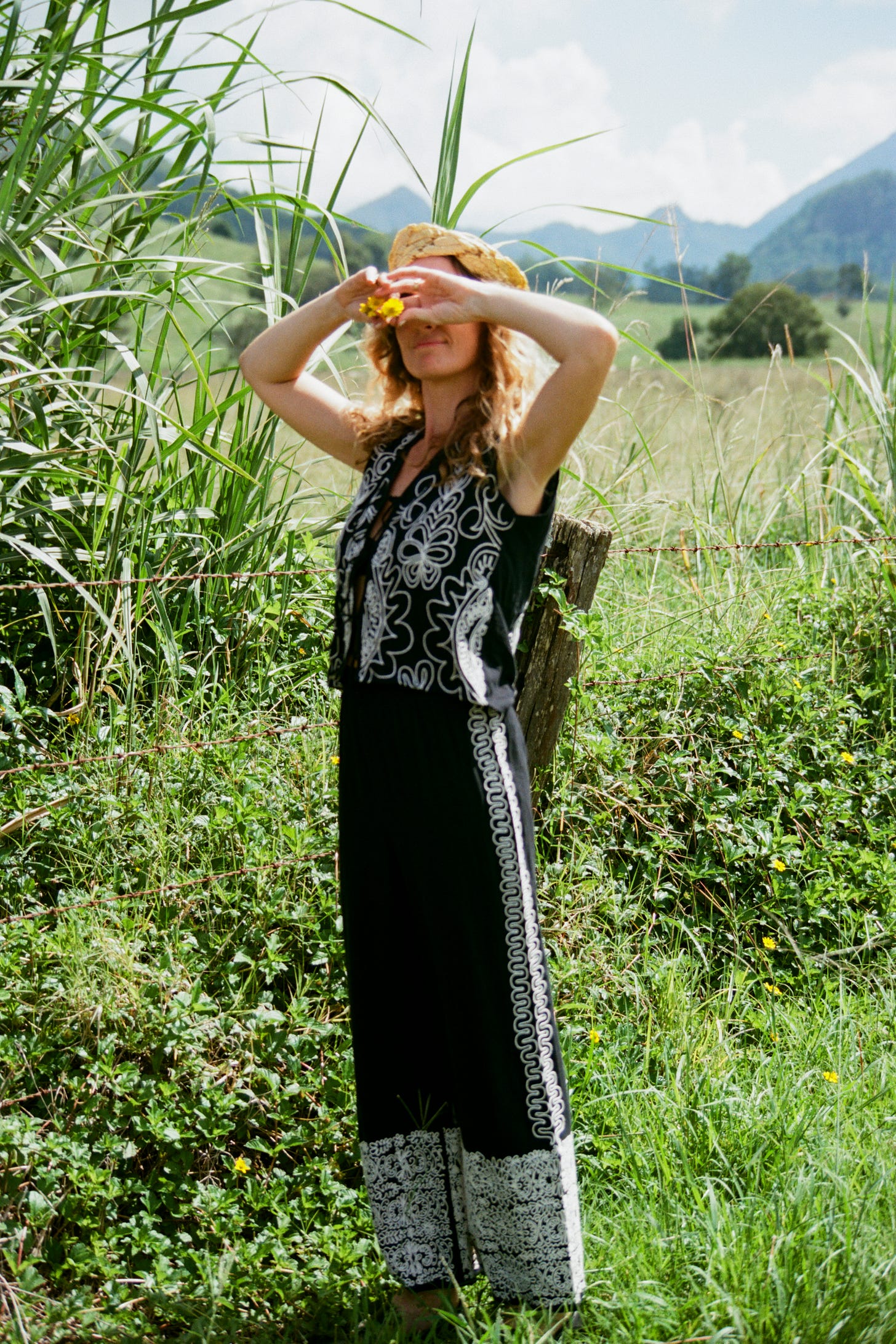
I park it and go get coffee or wine and call it a day — you gotta know when to call it a day. Essentially this is an exercise in trust.
What’s a weird superstition you subscribe to?
I like to blame the moon for all my eccentricities. When I misplace my keys or forget why I walked into a room, it’s not me; it’s that pesky moon messing with my head. If you catch me waxing poetic about cosmic mischief, you’ll know it’s just me dodging responsibility with a moon-made alibi!








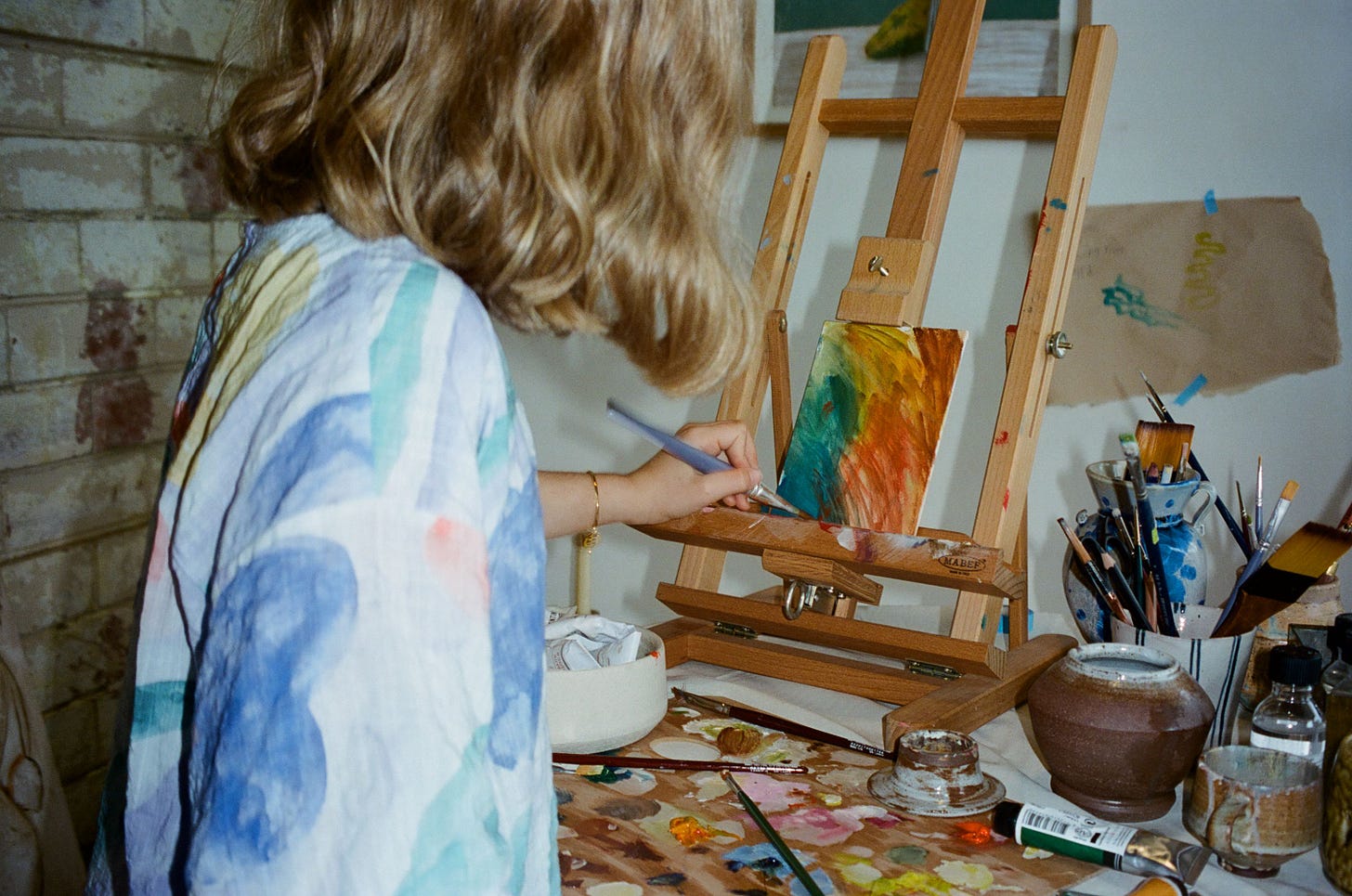
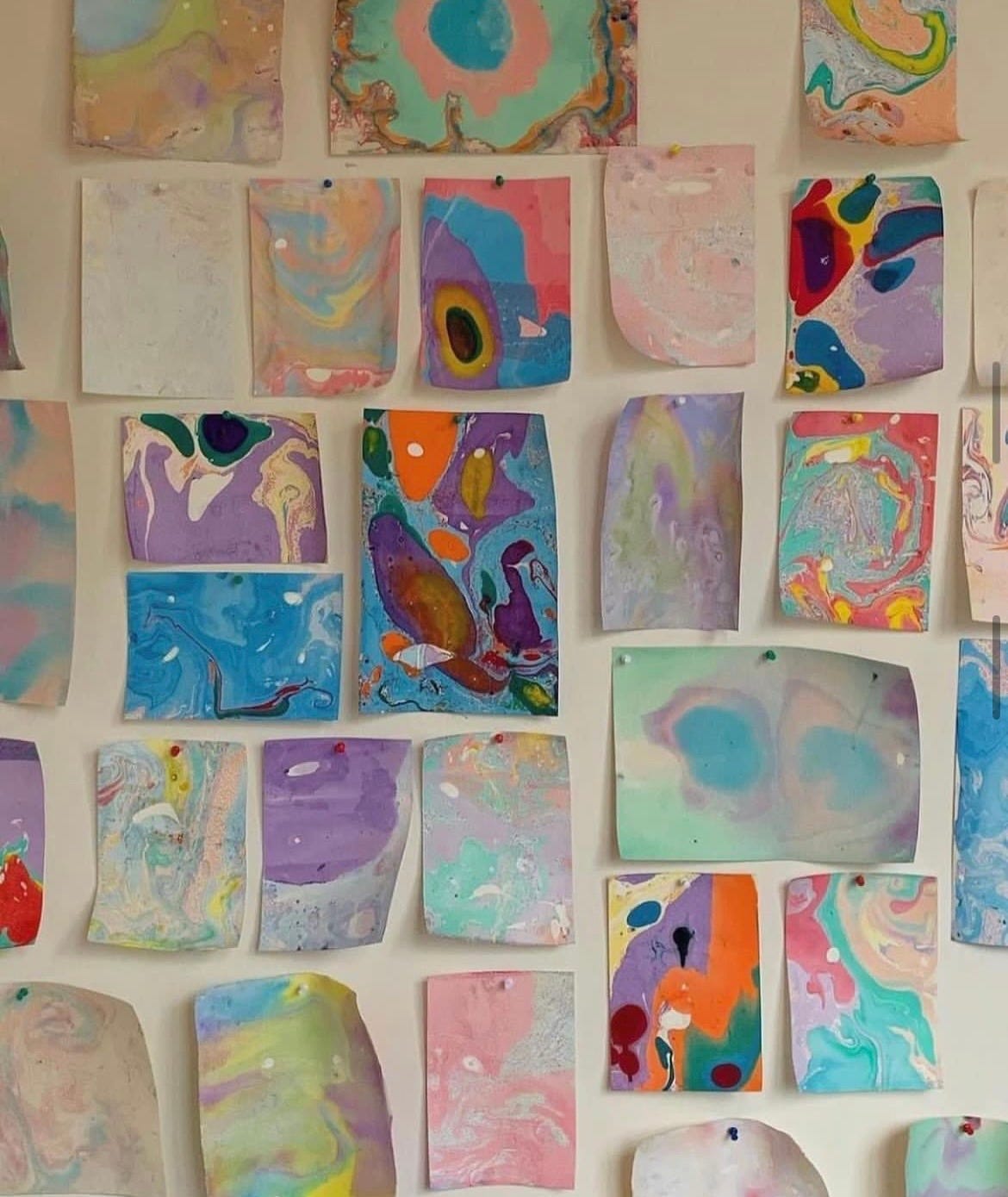
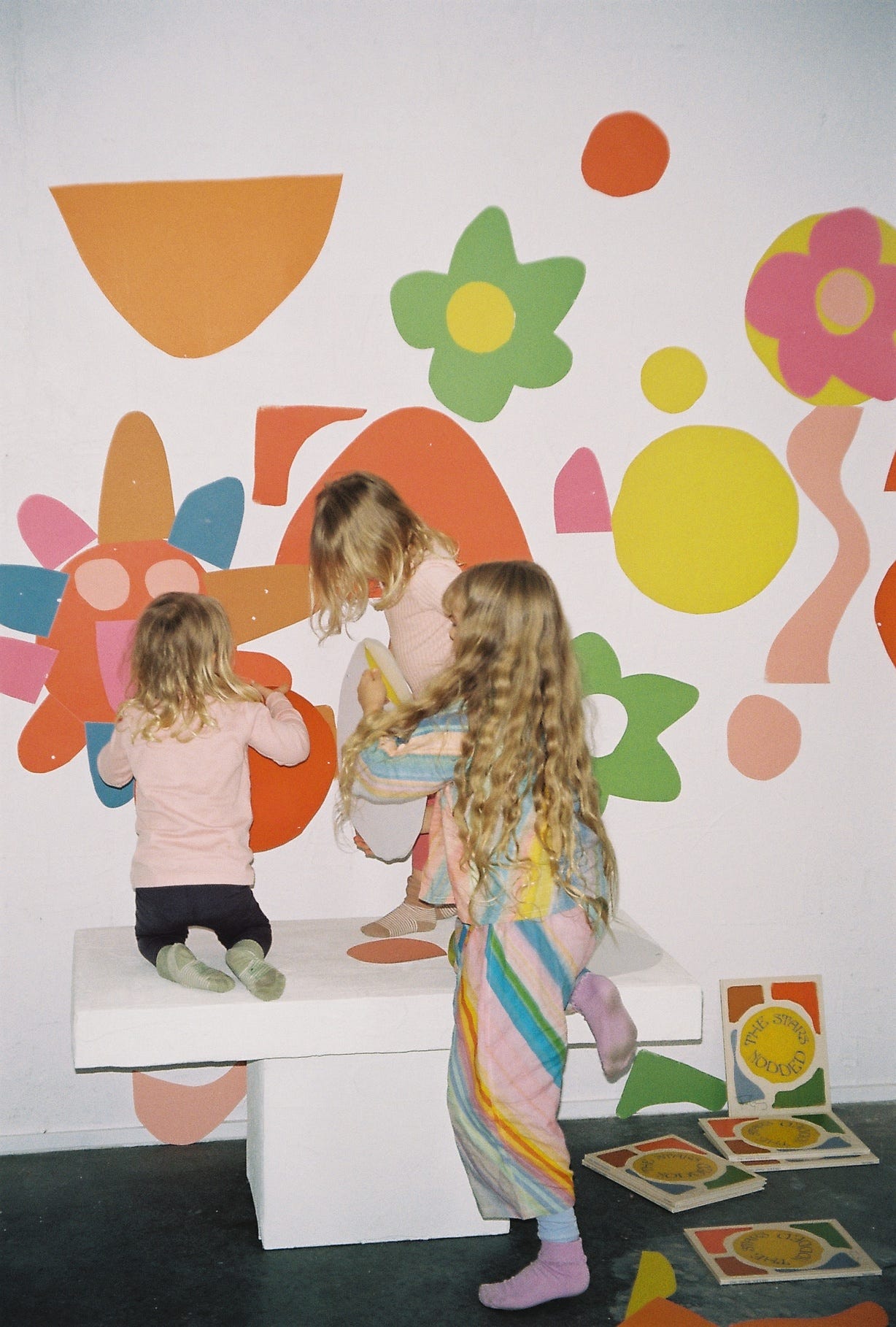
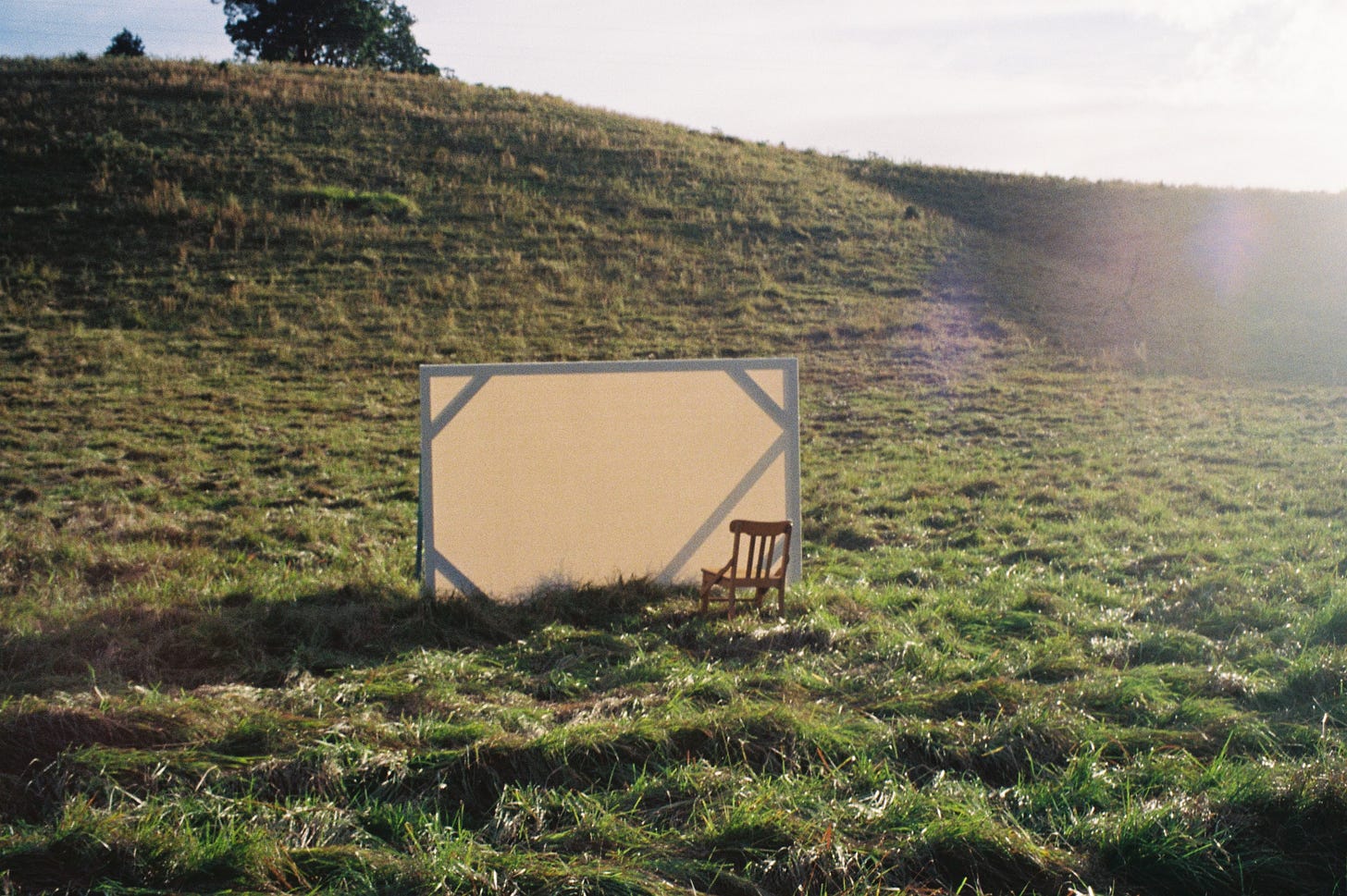
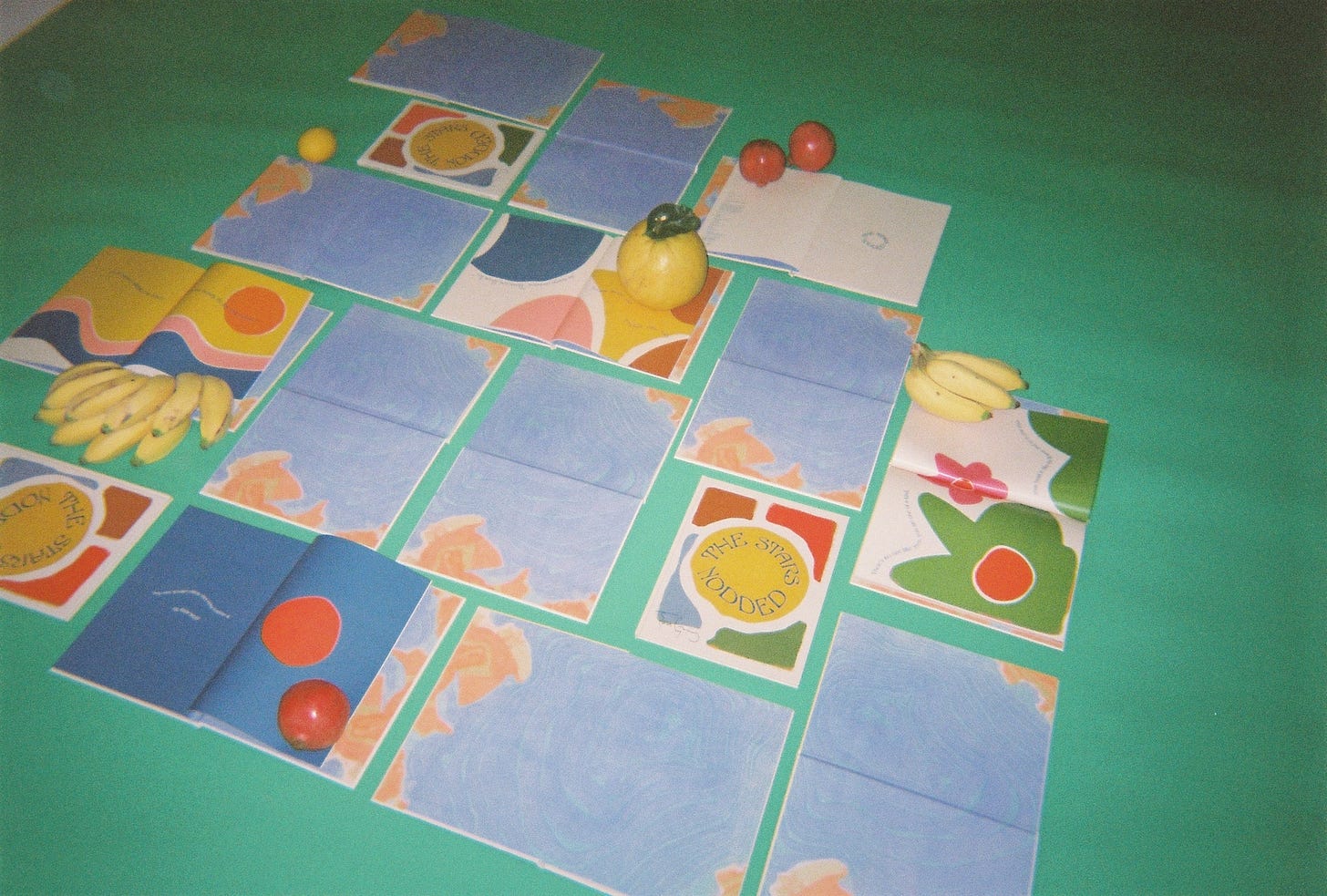
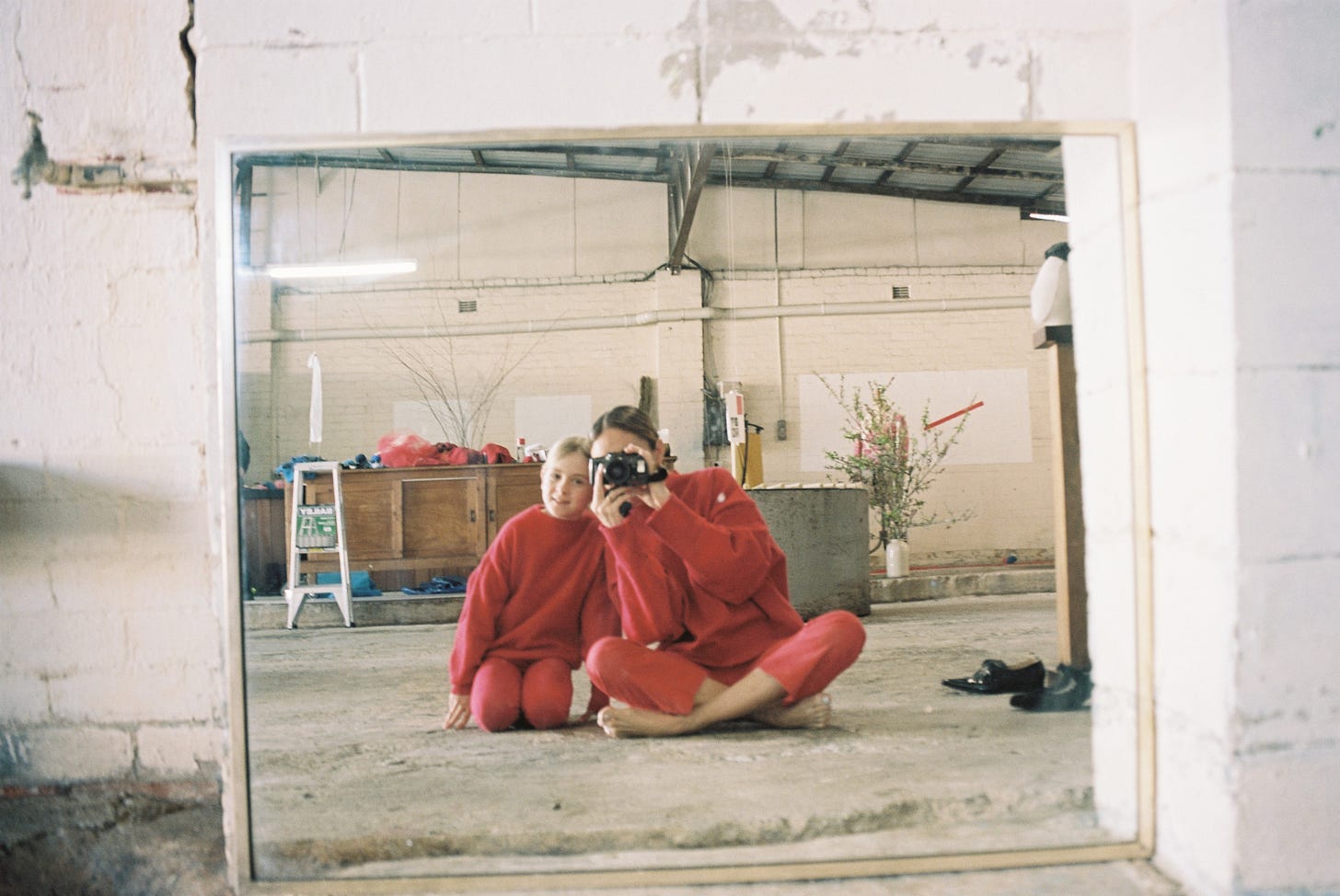
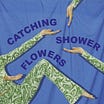
Thank you so much for having me!!!!! Loved the upside-down-ness of your beautiful questions! Spacious!
I love Tess’s work. Every image, motion or still, every expression, even how she sequences her creativity together, all feels so fresh and playful. So fun to read this interview and feel the foundations of that play expressed through your conversation.